T-SQL 2095
Assumes @N is an int containing N. Assumes @A, @B, and @C are tables containing the three sets of numbers. Didn't try to golf it too much.
DECLARE @D INT=@N,@E INT=0,@F CHAR='/',@G CHAR='\',@H CHAR='-',@I CHAR='|',@J CHAR='+'DECLARE @ TABLE(Z INT,Y INT,X INT,W INT,V INT,U INT,T INT,S INT)INSERT INTO @(Z)SELECT A.P FROM @A A JOIN @B B ON A.P=B.P JOIN @C C ON A.P=C.P INSERT INTO @(Y)SELECT A.P FROM @A A JOIN @B B ON A.P=B.P LEFT JOIN @C C ON A.P=C.P WHERE C.P IS NULL INSERT INTO @(X)SELECT C.P FROM @C C JOIN @A A ON C.P=A.P LEFT JOIN @B B ON C.P=B.P WHERE B.P IS NULL INSERT INTO @(W)SELECT B.P FROM @B B JOIN @C C ON B.P=C.P LEFT JOIN @A A ON B.P=A.P WHERE A.P IS NULL INSERT INTO @(V)SELECT A.P FROM @A A LEFT JOIN @B B ON A.P=B.P LEFT JOIN @C C ON A.P=C.P WHERE C.P IS NULL AND B.P IS NULL INSERT INTO @(U)SELECT C.P FROM @C C LEFT JOIN @A A ON C.P=A.P LEFT JOIN @B B ON C.P=B.P WHERE B.P IS NULL AND A.P IS NULL INSERT INTO @(T)SELECT B.P FROM @B B LEFT JOIN @C C ON B.P=C.P LEFT JOIN @A A ON B.P=A.P WHERE A.P IS NULL AND C.P IS NULL WHILE @N>=0BEGIN INSERT INTO @(S)SELECT @N WHERE @N NOT IN(SELECT*FROM @A UNION SELECT*FROM @B UNION SELECT*FROM @C)SET @N-=1 END DECLARE @Z TABLE(A CHAR(5),B CHAR(5),C CHAR(5),D CHAR(5),E CHAR(5),F CHAR(5),G CHAR(5),H CHAR(5))INSERT INTO @Z SELECT @F,@H,@F,@H,@G,@H,@G,''WHILE @E<=@D BEGIN INSERT INTO @Z SELECT @I,ISNULL((SELECT CONVERT(CHAR,@E,5) WHERE @E IN(SELECT V FROM @)),''),@I,ISNULL((SELECT CONVERT(CHAR,@E,5) WHERE @E IN(SELECT X FROM @)),''),@I,ISNULL((SELECT CONVERT(CHAR,@E,5) WHERE @E IN(SELECT U FROM @)),''),@I,ISNULL((SELECT CONVERT(CHAR,@E,5) WHERE @E IN(SELECT S FROM @)),'')SET @E+=1 END INSERT INTO @Z SELECT @F,@H,@J,@H,@G,'',@I,''SET @E=0WHILE @E<=@D BEGIN INSERT INTO @Z SELECT @I,ISNULL((SELECT CONVERT(CHAR,@E,5) WHERE @E IN(SELECT Y FROM @)),''),@I,ISNULL((SELECT CONVERT(CHAR,@E,5) WHERE @E IN(SELECT Z FROM @)),''),@I,'',@I,''SET @E+=1 END INSERT INTO @Z SELECT @G,@H,@J,@H,@F,'',@I,''SET @E=0WHILE @E<=@D BEGIN INSERT INTO @Z SELECT @I,ISNULL((SELECT CONVERT(CHAR,@E,5) WHERE @E IN(SELECT T FROM @)),''),@I,ISNULL((SELECT CONVERT(CHAR,@E,5) WHERE @E IN(SELECT W FROM @)),''),@I,'',@I,''SET @E+=1 END INSERT INTO @Z SELECT @G,@H,@G,@H,@F,@H,@F,''SELECT*FROM @Z
Less golfed version:
--finding the sets
DECLARE @D INT=@N,@E INT=0,@F CHAR='/',@G CHAR='\',@H CHAR='-',@I CHAR='|',@J CHAR='+'
DECLARE @ TABLE(Z INT,Y INT,X INT,W INT,V INT,U INT,T INT,S INT)
INSERT INTO @(Z)
SELECT A.P FROM @A A JOIN @B B ON A.P=B.P JOIN @C C ON A.P=C.P
INSERT INTO @(Y)
SELECT A.P FROM @A A JOIN @B B ON A.P=B.P LEFT JOIN @C C ON A.P=C.P WHERE C.P IS NULL
INSERT INTO @(X)
SELECT C.P FROM @C C JOIN @A A ON C.P=A.P LEFT JOIN @B B ON C.P=B.P WHERE B.P IS NULL
INSERT INTO @(W)
SELECT B.P FROM @B B JOIN @C C ON B.P=C.P LEFT JOIN @A A ON B.P=A.P WHERE A.P IS NULL
INSERT INTO @(V)
SELECT A.P FROM @A A LEFT JOIN @B B ON A.P=B.P LEFT JOIN @C C ON A.P=C.P WHERE C.P IS NULL AND B.P IS NULL
INSERT INTO @(U)
SELECT C.P FROM @C C LEFT JOIN @A A ON C.P=A.P LEFT JOIN @B B ON C.P=B.P WHERE B.P IS NULL AND A.P IS NULL
INSERT INTO @(T)
SELECT B.P FROM @B B LEFT JOIN @C C ON B.P=C.P LEFT JOIN @A A ON B.P=A.P WHERE A.P IS NULL AND C.P IS NULL
WHILE @N>=0
BEGIN
INSERT INTO @(S)
SELECT @N WHERE @N NOT IN(SELECT*FROM @A UNION SELECT*FROM @B UNION SELECT*FROM @C)
SET @N-=1
END
--displaying the venn diagram
DECLARE @Z TABLE(A CHAR(5),B CHAR(5),C CHAR(5),D CHAR(5),E CHAR(5),F CHAR(5),G CHAR(5),H CHAR(5))
INSERT INTO @Z
SELECT @F,@H,@F,@H,@G,@H,@G,''
WHILE @E<=@D
BEGIN
INSERT INTO @Z
SELECT @I,ISNULL((SELECT CONVERT(CHAR,@E,5) WHERE @E IN(SELECT V FROM @)),''),@I,ISNULL((SELECT CONVERT(CHAR,@E,5) WHERE @E IN(SELECT X FROM @)),''),@I,ISNULL((SELECT CONVERT(CHAR,@E,5) WHERE @E IN(SELECT U FROM @)),''),@I,ISNULL((SELECT CONVERT(CHAR,@E,5) WHERE @E IN(SELECT S FROM @)),'')
SET @E+=1
END
INSERT INTO @Z
SELECT @F,@H,@J,@H,@G,'',@I,''
SET @E=0
WHILE @E<=@D
BEGIN
INSERT INTO @Z
SELECT @I,ISNULL((SELECT CONVERT(CHAR,@E,5) WHERE @E IN(SELECT Y FROM @)),''),@I,ISNULL((SELECT CONVERT(CHAR,@E,5) WHERE @E IN(SELECT Z FROM @)),''),@I,'',@I,''
SET @E+=1
END
INSERT INTO @Z
SELECT @G,@H,@J,@H,@F,'',@I,''
SET @E=0
WHILE @E<=@D
BEGIN
INSERT INTO @Z
SELECT @I,ISNULL((SELECT CONVERT(CHAR,@E,5) WHERE @E IN(SELECT T FROM @)),''),@I,ISNULL((SELECT CONVERT(CHAR,@E,5) WHERE @E IN(SELECT W FROM @)),''),@I,'',@I,''
SET @E+=1
END
INSERT INTO @Z
SELECT @G,@H,@G,@H,@F,@H,@F,''
SELECT*FROM @Z
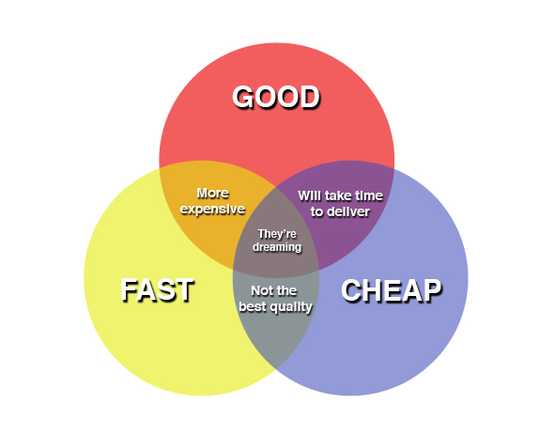


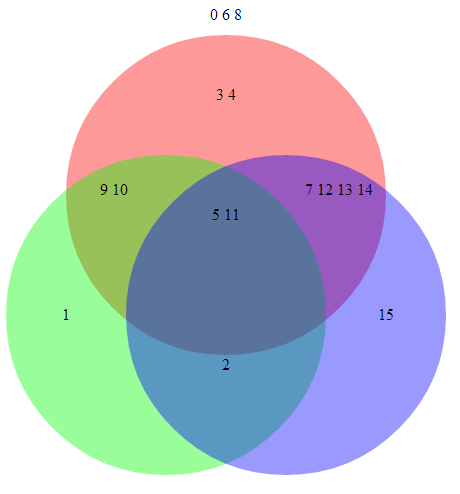
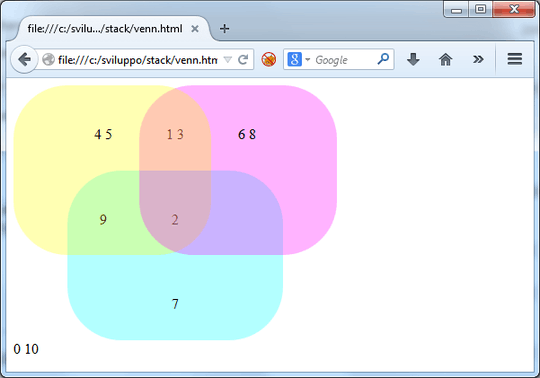
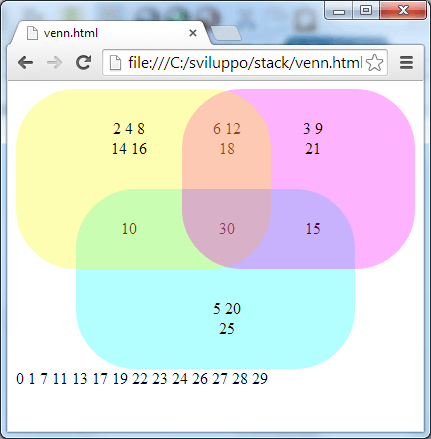
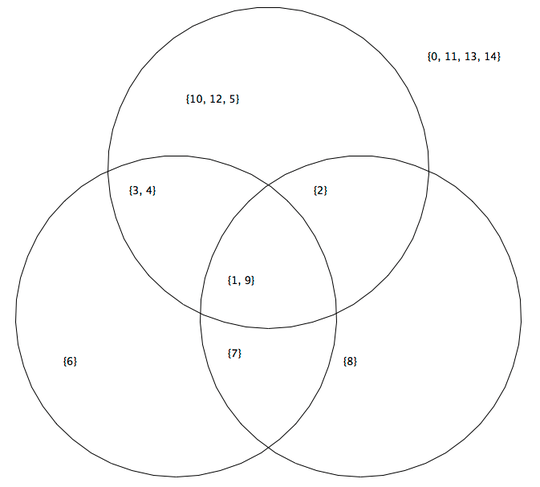
Relevant xkcd: https://xkcd.com/1810/
– sergiol – 2017-04-28T21:50:27.293It looks like you should have added a note that solutions have to scale for arbitrary input sizes. Currently only a few of them do that (as far as I can tell only the ASCII ones). I don't like changing rules after the contest has started, but without this requirement, someone could probably really abuse it with a simple layout that only works for one character in each set (if I did that I'd probably cut the code size to a third or so). – Martin Ender – 2014-08-05T09:24:31.887
@MartinBüttner Yeah, some of them scale pretty bad. But adding a note now that there are 7 answers seems like a bad idea. Should add the note and them comment on everyone's post to let them know that the diagram should scale well up to X? – William Barbosa – 2014-08-05T10:54:12.573
Setting a limit will still allow just hard-coding that limit. I think that proper scaling is actually the most difficult part of the challenge. So either leave it as it is, or change it to say that it must deal with arbitrary set sizes (which technically isn't even a change, since you didn't limit the input sizes I think arbirtrary input sizes should be assumed anyway). – Martin Ender – 2014-08-05T10:58:01.487
@Ryan Note that I state "by displaying them in the proper regions of the diagram" in the output section. Some answers (yours included) don't display the innermost section correctly if said section has more than 5 elements, so I think it's invalid – William Barbosa – 2014-08-05T11:35:47.403